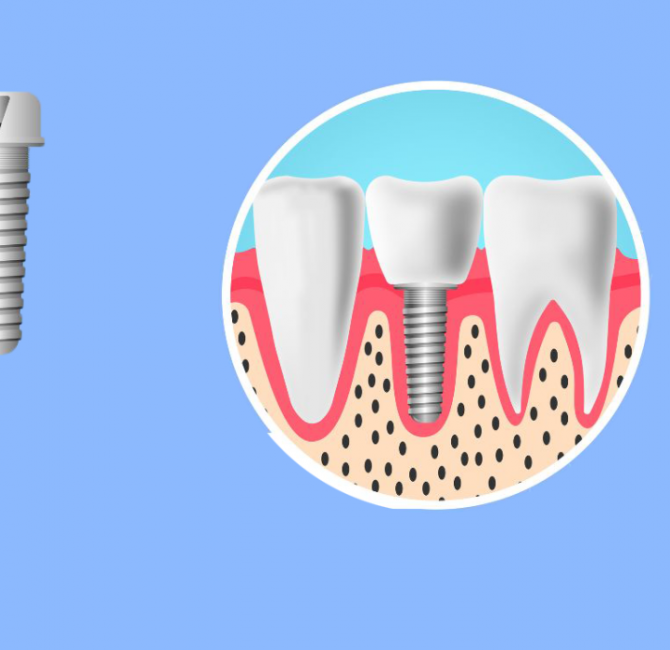Dental hygienists are at an increased risk for developing musculoskeletal disorders (MSDs). Research indicates 60-90% of dental hygienists and dentists experience work-related MSDs. Instrument design may contribute to MSD development. Commercially available instruments come in a variety of diameters and masses to address ergonomic benefits and clinician preference. Large diameters, tapered handles, and light mass instruments may reduce the risk of developing MSDs in dental hygienists. Whereas, instruments associated with increased muscle activity may increase MSD risk when utilized repetitively throughout the workday.
Though previous research indicated instrument handle designs may reduce muscle activity associated with repetitive instrumentation and practices, more research is needed to determine the contribution of these designs in reducing MSDs. Therefore, the objective of this study was to compare the effects of ten commercially available instrument handle designs’ mass and diameter on forearm muscle activity during a simulated periodontal scaling experience.
A convenience sample of 25 registered dental hygienists was recruited for the study. Ten commercially available instruments were categorized into four groups based on their masses and diameters: large diameter/light mass, small diameter/light mass, large diameter/heavy mass, and small diameter/heavy mass. Participants were randomized to four instruments, one from each group. Participants scaled with each instrument in a simulated oral environment while muscle activity was collected using surface electromyography. Muscle activity was compared among the four instrument group types.
This study found instrument diameter was more influential on muscle activity production than the mass of the instrument. Large diameter instruments had the most reduction in muscle activity for the four muscles utilized during instrumentation. The mass of the instrument did not have a significant impact on muscle activity production. Participants in this study preferred the larger diameter instrument groups, as indicated by end-user survey results. Future research in real-world settings is needed to determine the clinical impact of these findings.



